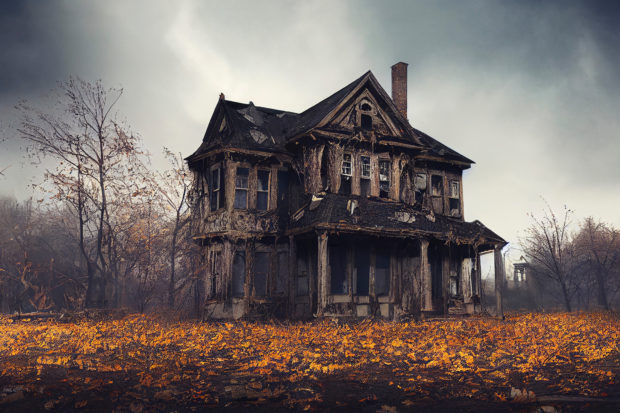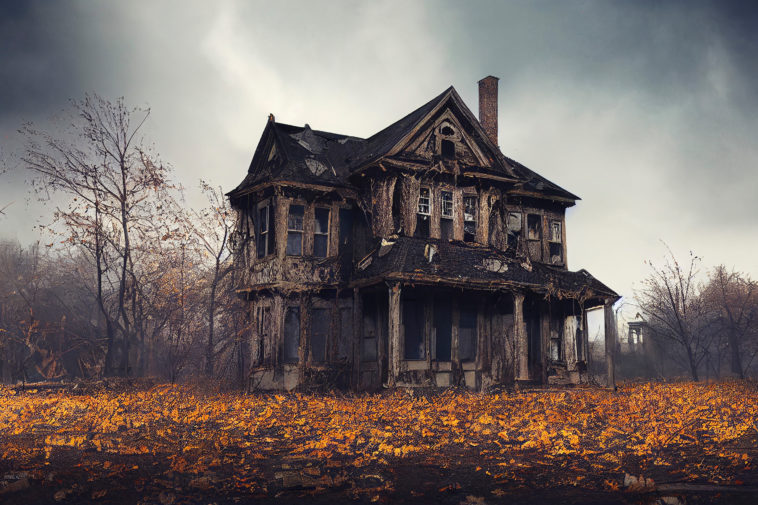From 1929 to 1939, the Great Depression devastated the entire nation. After the stock market crash of 1929 sent Wall Street into panic mode, nearly every sector was affected.
Investments and consumer spending plummeted, industrial output declined, and unemployment rates skyrocketed.
So, amidst this economic turmoil, the public just could not handle any more devastation. And around Halloween time, destruction and violence became a huge concern.
Prior to the Great Depression, the spooky holiday had been known as a night of celebration and rebellion for both children and adults. Plus, pulling “tricks” on Halloween was even viewed as a positive way for young boys and men to let loose.
The tricks and pranks ranged in severity– including everything from ripping neighbors’ gates right off of their hinges to actually stealing dead bodies.
And in 1879, a group of two hundred Kentucky boys pulled a legendary trick. On Hallows Eve, they laid a fake dummy body on the railroad tracks, threw the conductor into a panic, and caused the train to screech to a stop.
“This is the only evening on which a boy can feel free to play pranks outdoors without danger of being ‘pinched,’ and it is his delight to scare passing pedestrians, ring doorbells, and carry off the neighbors’ gates,” a boys’ craft guide even wrote at the time.
Once the economic disaster of 1929 occurred, though, the Halloween antics only escalated. In 1933, for example, packs of teenage boys actually sawed telephone polls, flipped cars, and vandalized neighborhoods throughout the country.
And as the Great Depression years continued on, the October holiday began being referred to as “Black Halloween.”

Sign up for Chip Chick’s newsletter and get stories like this delivered to your inbox.


